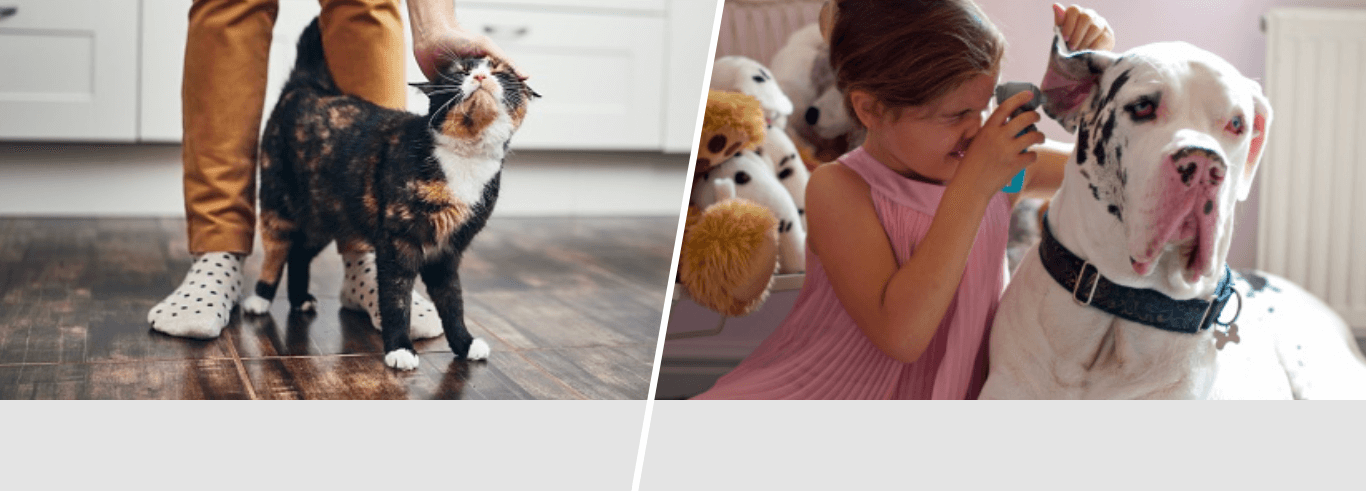Advice on moving house with a cat
The boxes are packed and the vans are loaded. You’ve transferred your utility bills and diverted your post. But no matter how much you plan there’s always that nagging feeling that there’s something you’ve forgotten. Moving house can be extremely stressful, and for your pets it’s no different.
You may have a great carrier for your cat, with all their stuff packed up ready for arrival at the new home but many owners worry whether their cat will settle after the move.
There are certain things you can do to make sure that moving house with a cat goes as smoothly as possible and they settle into their new surroundings just as well as you do.
The moving process
Your cat has made your current home their territory by rubbing pheromones on furniture to develop a strong bond with that environment. Moving day will inevitably shake them up; they are creatures of habit and they like to feel in control so just before you move you should begin the integration process.
Shut them in one room of the old and new house that will be a safe place before and after the move. A bedroom is a good idea as they can retreat there if they feel anxious. Make them comfortable in there with a water bowl, food, litter tray and their carrier. This bedroom should be the last room to be loaded onto the removal van.
Just before you pack it up put your cat into the carrier and place it in the car (do not put it in the boot of the car). Then move the furniture into the back of the van so it can be unloaded first at the other end. Put all the furniture into place with the cat’s bed, food and water ready and let them explore their new surroundings.
Settling in
Your cat will feel if you are nervous so if you stay relaxed they are more likely to replicate this behaviour. You may want to sit in the new room with them to ensure they settle in well.
Wait until the removal is complete then consider allowing your cat to explore the rest of the house. If they are particularly stressed in their first room leave them a little longer and try putting a pheromone diffuser in to relax them.
As they wonder the rest of the house they will rub themselves on the furniture, walls and floors to spread their scent around; they are marking their territory once more and this is a good sign of confidence and adjustment.
If you have an outdoor cat it’s best to keep them indoors for at least two weeks after moving to make sure they are used to the geography of the house.
Stop them returning to the old house
If the new house is particularly close to the old house then it is very easy for the cat to stumble upon their old haunts while out exploring. In this instance you should warn the new residents of your old house that they shouldn’t feed the cat if it returns, as this would encourage them to stay.
If you think there’s a risk of them returning you should extend their inside period to at least a month before you let them outside and establish a strong food routine at home with regular meals to entice them back. This way they will learn that home is where the food is.
Even with these precautions, cats may still go missing shortly after a house move so you should ensure that your cat is microchipped and that the registration details, especially your phone number is correct on your Petlog microchip database.
While there are certain things you can do to make sure that moving house with a cat goes smoothly, remember it’s important to protect your cat with Argos Pet Insurance provided by Pinnacle Insurance plc. Explore our cat insurance policies today.





